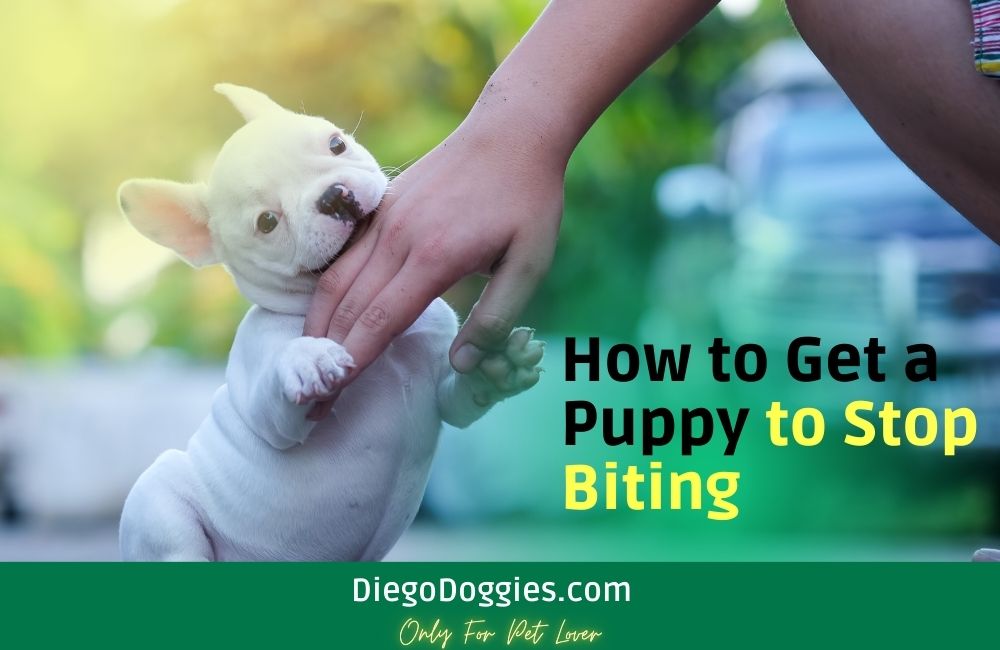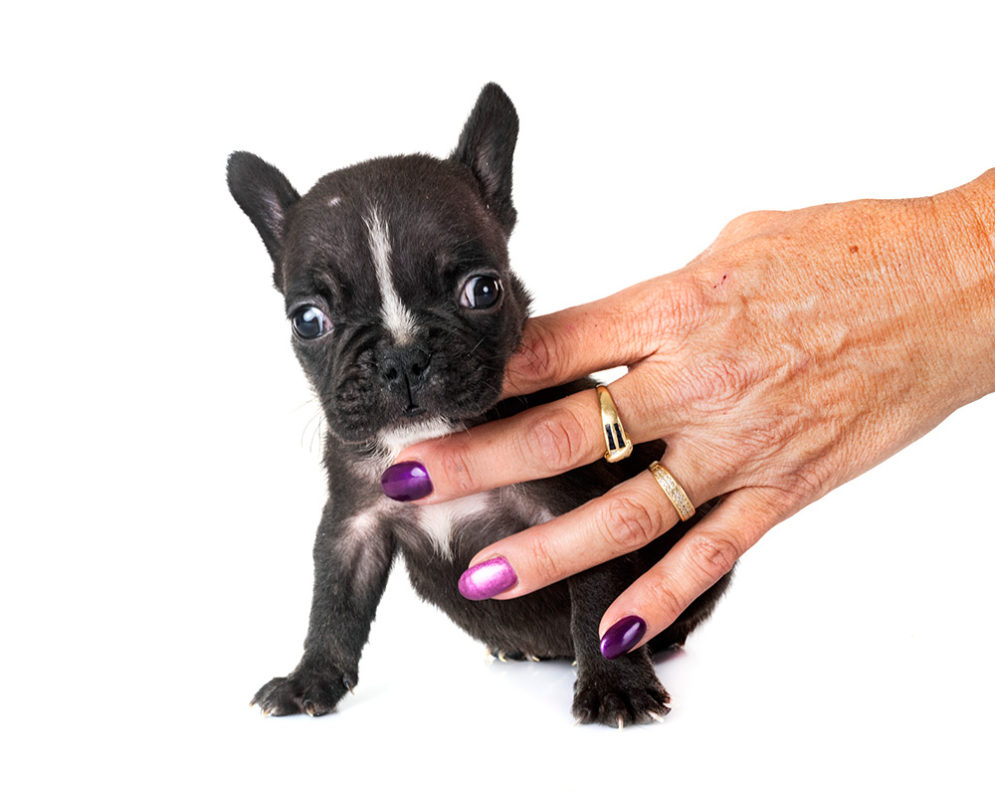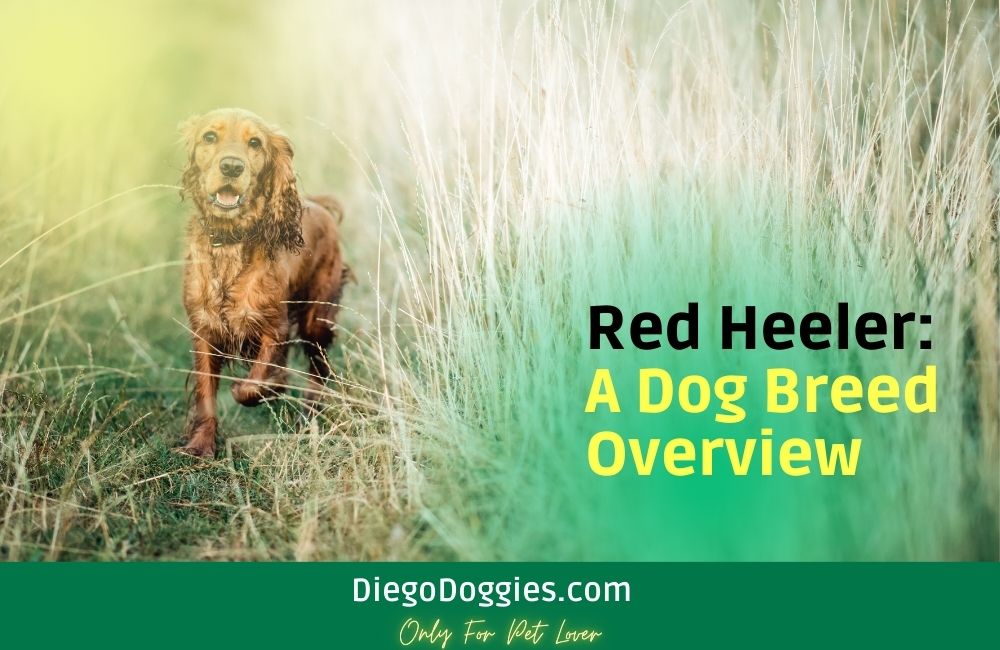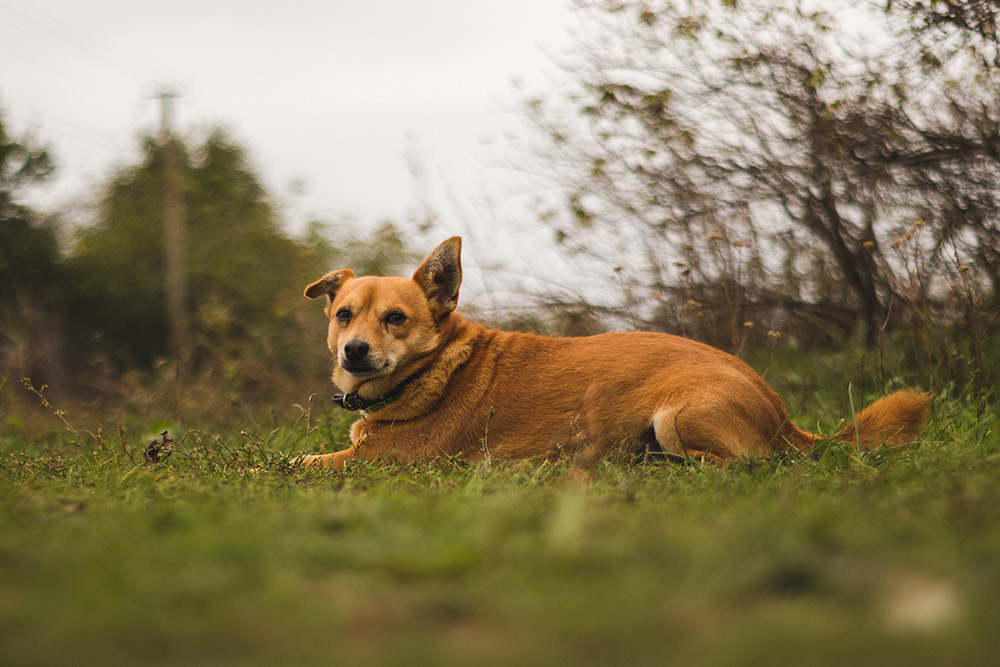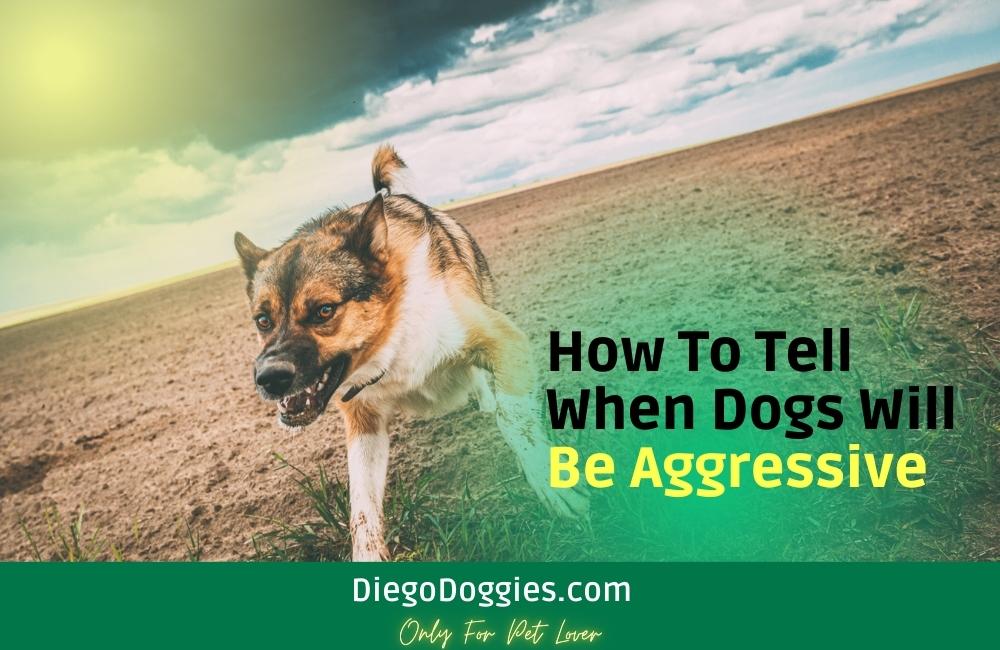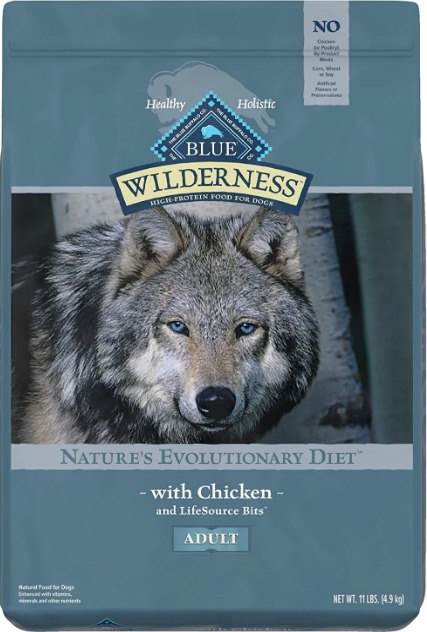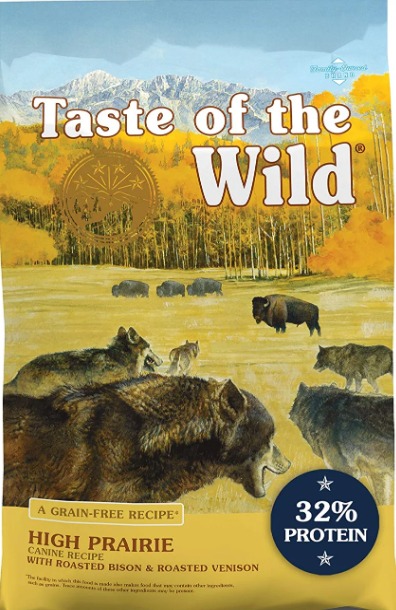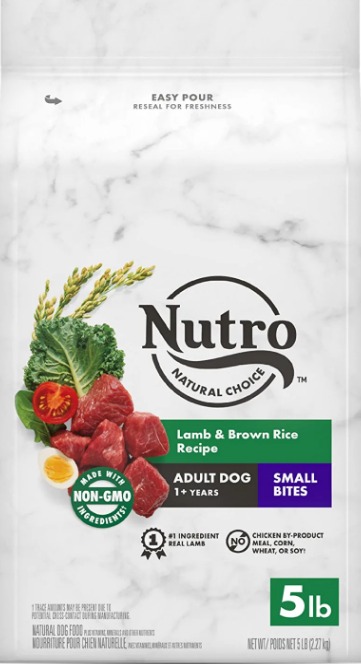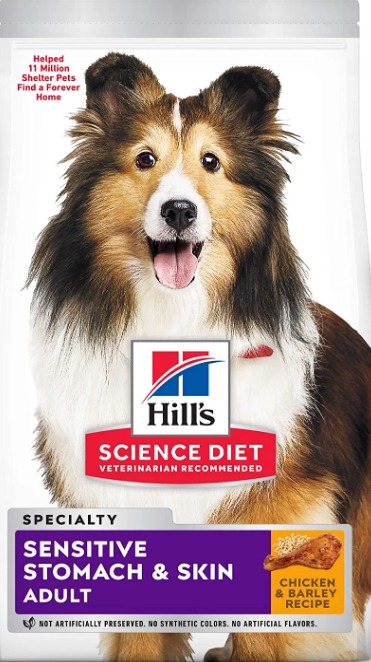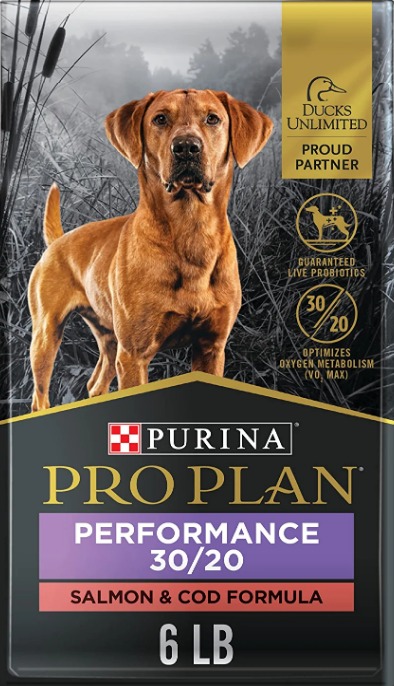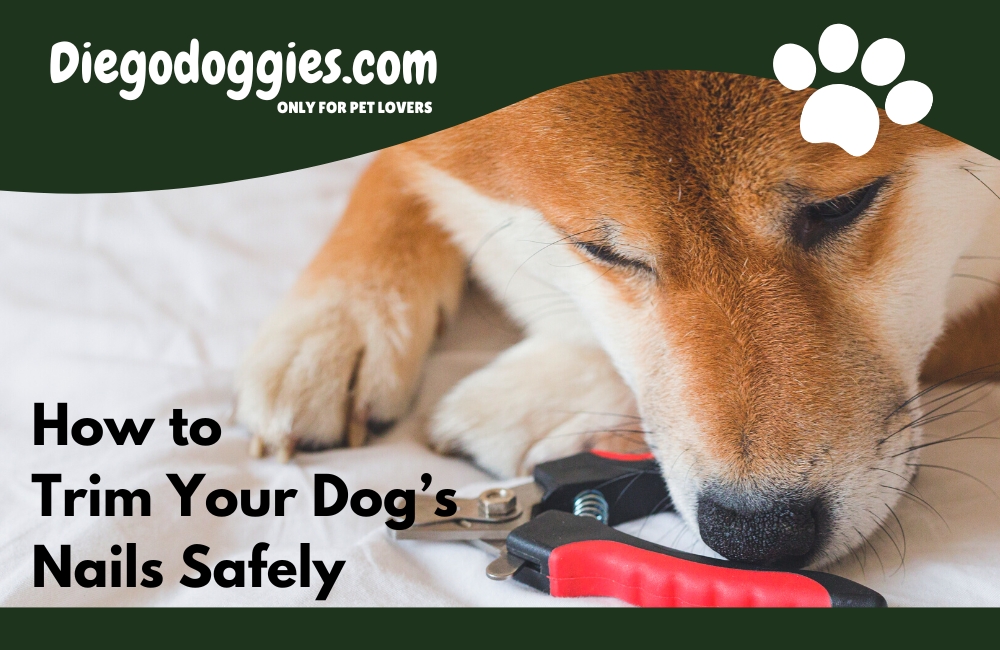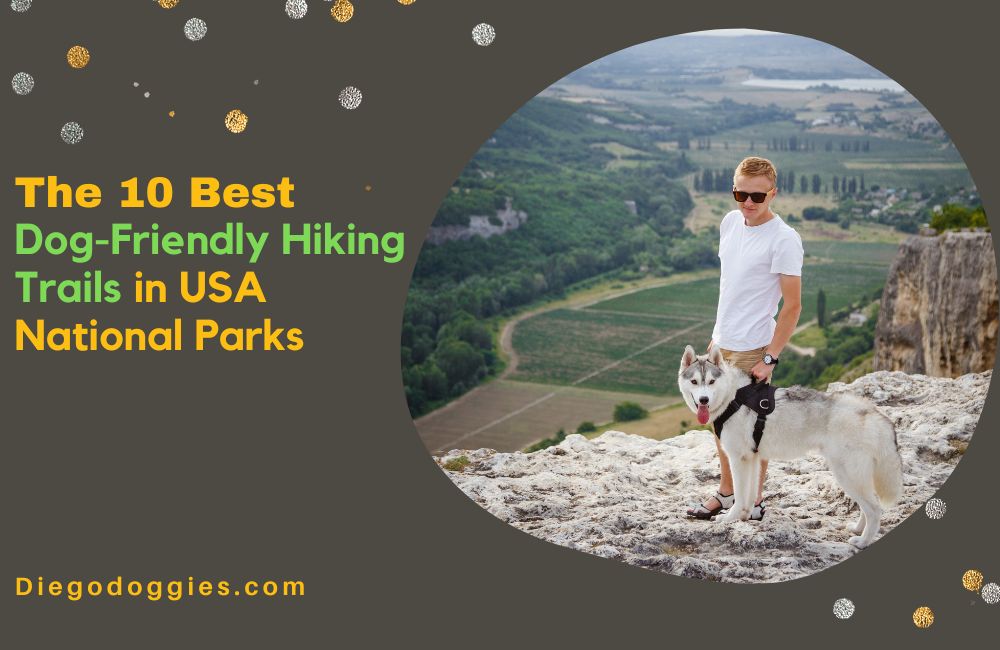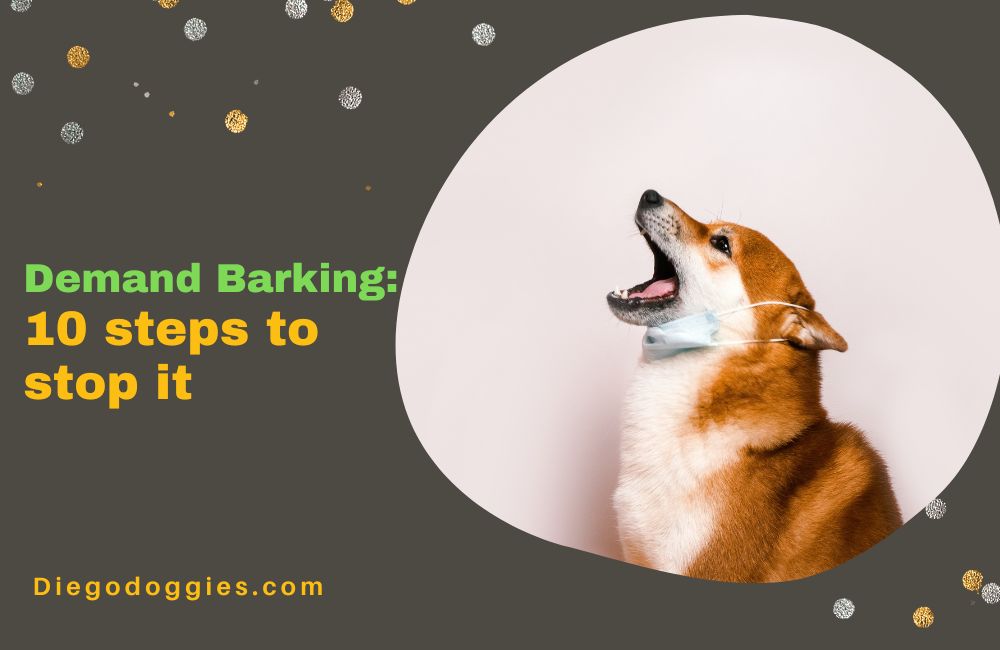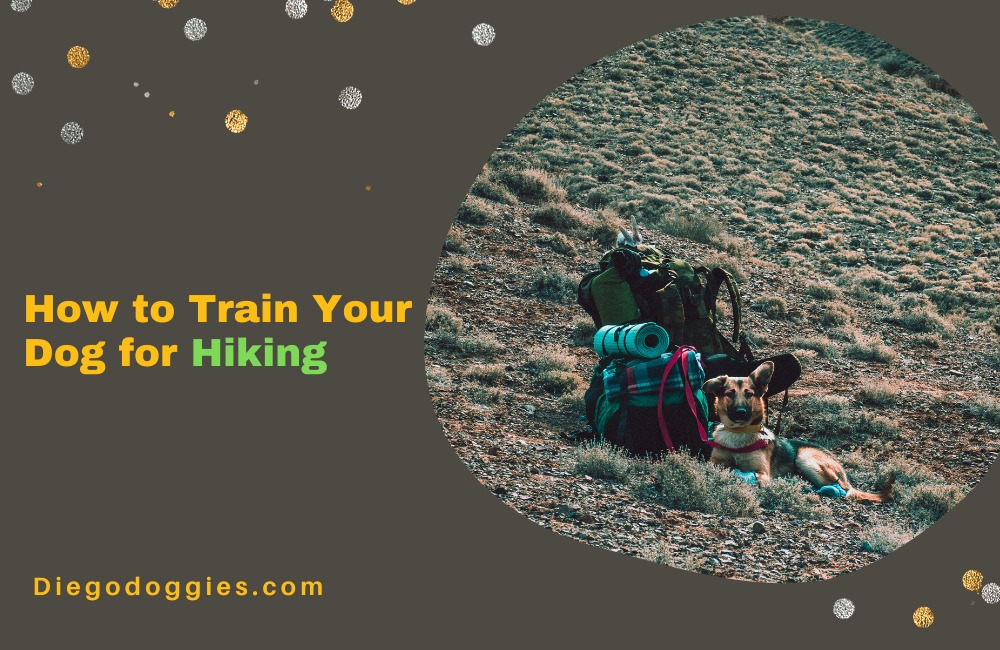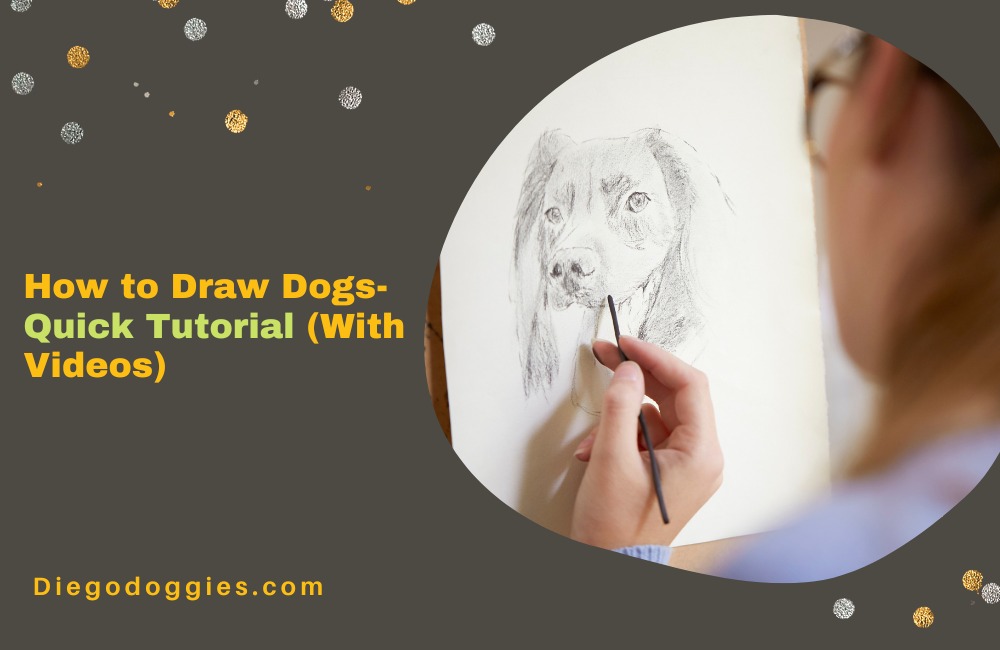Do you have a dog that is always cold? If so, you may want to consider using a Dog Nose Warmer. Dog nose warmers are becoming increasingly popular and for a good reason! They provide many benefits for both dogs and their owners. This blog post will discuss the seven main benefits of using a Nose Warmer. Keep reading to learn more!
1. Keeps Your Dog’s Nose Warm
The obvious benefit of using a Dog Nose Warmer is that it keeps your pup’s nose warm. Cold noses can be uncomfortable and even painful for your dog, so a warm one makes them feel much better.
2. Prevents Frostbite
Keeping their nose nice and toasty also prevents frostbite and other cold weather-related issues that can arise from chillier temperatures.
3. Promotes Better Health
A warmer nose does not just make your pup more comfortable and promotes better overall health. When the nose is kept at a consistent temperature, immune responses are stronger and overall health improves!
4. Helps with Breathing Problems
Dog Nose Warmers can also help reduce breathing problems that arise from cold air. By providing a warm layer of insulation, the air is less likely to irritate your pup’s nose and throat.
5. Eases Stress
Another benefit of Dog Nose Warmers is that they may help ease stress for anxious dogs. The warmth helps relax them and makes them feel safe and secure.
6. Increases Comfort
A warmer nose also increases your pup’s comfort! Not only will they be happier, but they will also have more energy to play and explore their environment when it is nice and cozy out there!
7. Made with Natural Materials
Most Dog Nose Warmers are made with natural materials such as wool, cotton, and fleece. Your pup’s nose will be kept safe and warm without any harsh chemicals or harmful materials.
If you love your pup, then investing in a Dog Nose Warmer is worth considering! By providing warmth, comfort, and better overall health for your pet, these cozy accessories will surely make you very happy. So do not wait – pick up a Dog Nose Warmer today!
Frequently Asked Questions:
1. What is a dog nose warmer?
Ans: A Dog Nose Warmer is an accessory that helps keep your pup’s nose warm in colder temperatures. It is typically made from natural materials such as wool, cotton, or fleece and provides a layer of insulation to help protect against cold weather-related issues.
2. How does a dog nose warmer work?
Ans: A Dog Nose Warmer provides a layer of insulation that helps keep your pup’s nose at a consistent temperature. This prevents frostbite and other cold weather-related issues, promoting better overall health and reducing breathing problems.
The warmth also helps ensure your pup stays comfortable and relaxed and may even reduce stress for anxious dogs.
3. What are the benefits of using a dog nose warmer?
Ans: The benefits of using a Dog Nose Warmer include keeping your pup’s nose warm, preventing frostbite, promoting better overall health, helping with breathing problems, easing stress, increasing comfort, and being made with natural materials. These benefits can help create a healthier, happier environment for your pup!
4. How do I choose the right size nose warmer for my dog?
Ans: The best way to choose the right size Dog Nose Warmer for your pup is to measure their nose length and width. You can then compare this measurement to the size chart of the specific product you are looking at for an accurate fit.
It is important to ensure that the nose warmer is not too tight or loose, as this can affect its effectiveness. Additionally, some Dog Nose Warmers come with adjustable straps for a customizable fit.
5. How often should I replace my dog’s nose warmer?
Ans: It is recommended that you replace your pup’s Dog Nose Warmer every 6-12 months, depending on how often it is used. This ensures that the materials remain in good condition and that your pup stays warm and comfortable.
Additionally, it is important to keep the nose warmer clean and dry by washing it regularly with a gentle detergent. If your pup is a heavy-duty user, then you may need to replace the nose warmer more often.
6. Where can I buy a nose warmer for my dog?
Ans: Nose Warmers can be found online in pet supply stores. Many sites offer a variety of styles, sizes, and materials, so you will be sure to find the perfect nose warmer for your pup. Additionally, some pet stores offer custom Dog Nose Warmers that can be tailored to fit your pup perfectly. With so many options, you will surely find the perfect nose warmer for your pup!

Conclusion
A Dog Nose Warmer is an essential accessory for any pup in colder climates. Not only will it help keep their nose warm and prevent frostbite, but it also promotes better overall health, provides comfort and relaxation, and is made with natural materials.
When choosing a nose warmer for your pup, it is essential to measure their nose and compare it to the size chart of the specific product for an accurate fit.
Related Contents
- 12 Cool Dog Gadgets Every Owner Needs
- 9 Outdoor Dog Toys to Keep Your Pup Active
- Do Ultrasound Devices Stop Dogs Barking?
- Does My Dog Need a Sleeping Bag
- Dog Sunglasses- Choose the Right Sunglasses for Your Dogs
- How to Choose Dog Crate Furniture
- How to Choose the Right Dog Raincoat: The Ultimate Guide
- How To Clean A Dog’s Clothes, Sweaters, Bedding & Collars
- How to Wash a Dog Bed the Right Way: A Step-by-Step Guide
- Incredible Benefits of Dog Activity Trackers
- Outdoor Toys for Dogs – 17 Perfect Picks
- The Top Benefits of Owning a Pet Camera
- What Is A Male Dog Called: What to Call Them and Why


